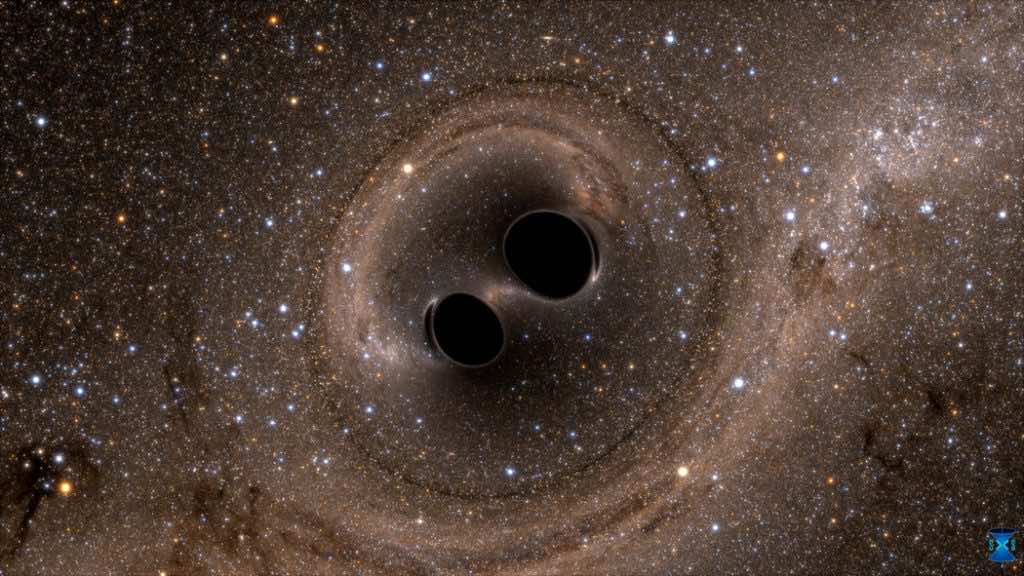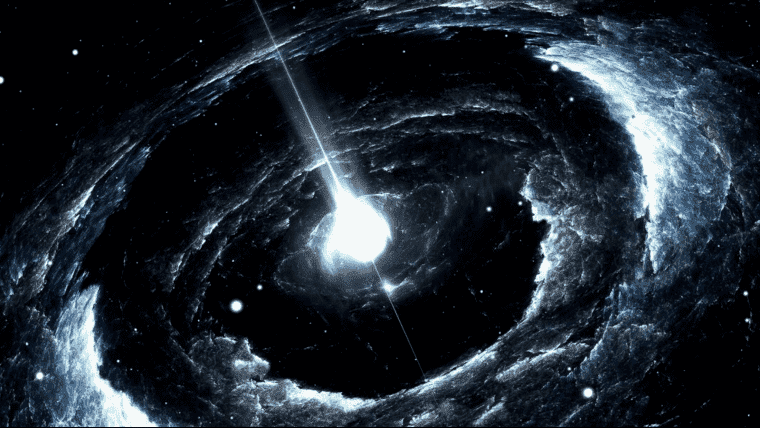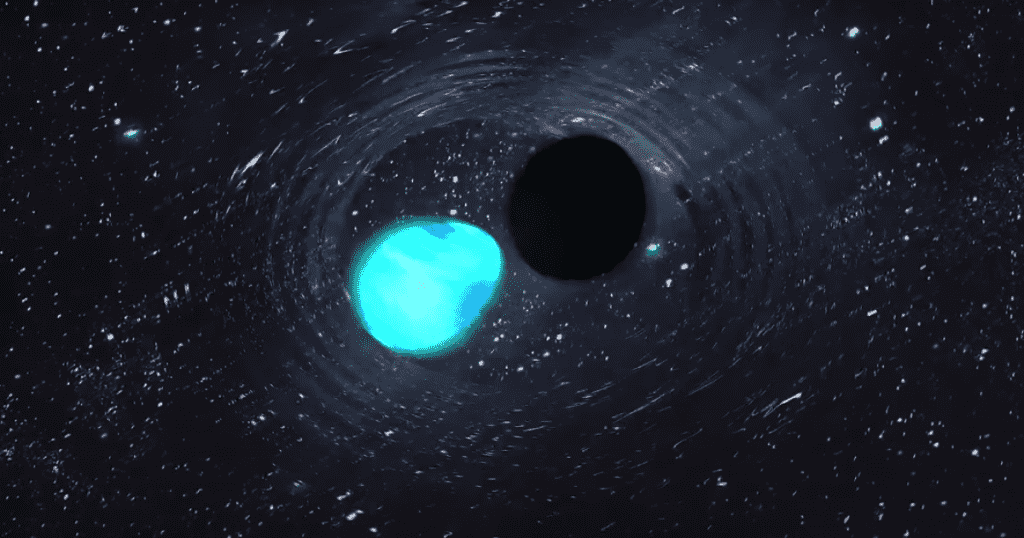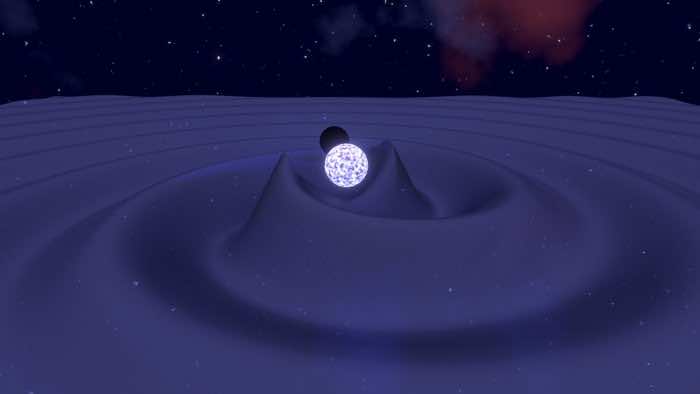In a new study published June 29 in The Astrophysical Journal Letters, scientists have announced the detection of gravitational waves from two rare events, each concerning the collision of a black hole and a neutron star.
The team, consisting of groups from the U.S., Europe, and Japan, including scientists from The University of Texas at Austin, detected two such events occurring just 10 days apart in January 2020. The extreme events made splashes in space that sent gravitational waves rippling across at least 900 million light-years to reach Earth. In each case, the neutron star was likely swallowed whole by the black hole.
The gravitational waves were detected by the National Science Foundation’s (NSF’s) Laser Interferometer Gravitational-Wave Observatory (LIGO) in the United States and by the Virgo detector in Italy.

“It’s an awesome milestone for the nascent field of gravitational-wave astronomy,” says astrophysicist Rory Smith from the ARC Centre of Excellence for Gravitational Wave Discovery (OzGrav) at Monash University.
“Neutron stars merging with black holes are amongst the most extreme phenomena in the Universe. Observing these collisions opens up new avenues to learn about fundamental physics, as well as how stars are born, live, and die.”

The virtually simultaneous discovery of the two events – called GW200105 and GW200115 – speaks to the speed with which the field of gravitational wave science is evolving.
Previously, the LIGO-Virgo network discovered two events. One event called GW190814 detected August 14, 2019, involved a collision of a 23-solar-mass black hole with an object of about 2.6 solar masses, which could be either the heaviest known neutron star or the lightest known black hole. Another event, called GW190426, detected on April 26, 2019, was thought to be a neutron star-black hole merger possibly.
By observing two examples of gravitational waves from black holes merging with neutron stars, researchers estimate that approximately one such merger happens every month within one billion light-years of Earth.

Since the first proven detection of gravitational waves, researchers have currently detected these waves from dozens of events – in total, about 50 individual occurrences of black holes colliding with other black holes or neutron stars colliding with other neutron stars.
But until now, a ‘mixed’ collision called an NSBH binary representing the merger of a neutron star with a black hole was never verified. However, scientists have previously picked up signals that could potentially indicate such a neutron star-black hole collision.
Currently, though, the discovery is quite explicit.

“In January 2020, the LIGO-Virgo detector network observed gravitational-wave signals from two compact binary inspirals which are consistent with neutron star-black hole binaries,” researchers from the international LIGO, Virgo, and Kagra collaborations explain in the new study.
“These represent the first confident observations to date of NSBH binaries via any observational means.”


